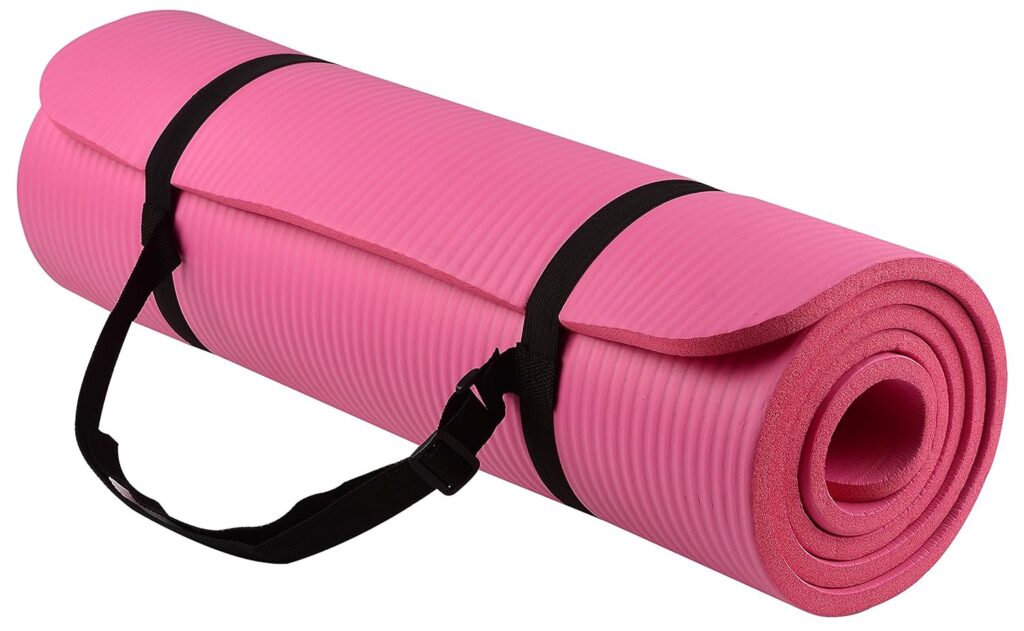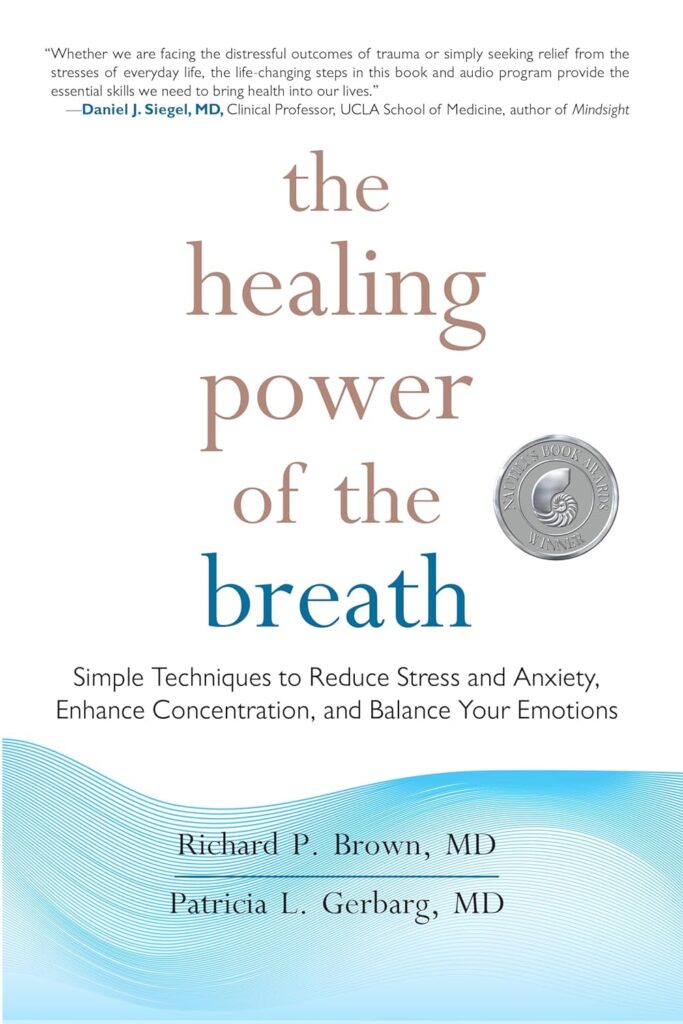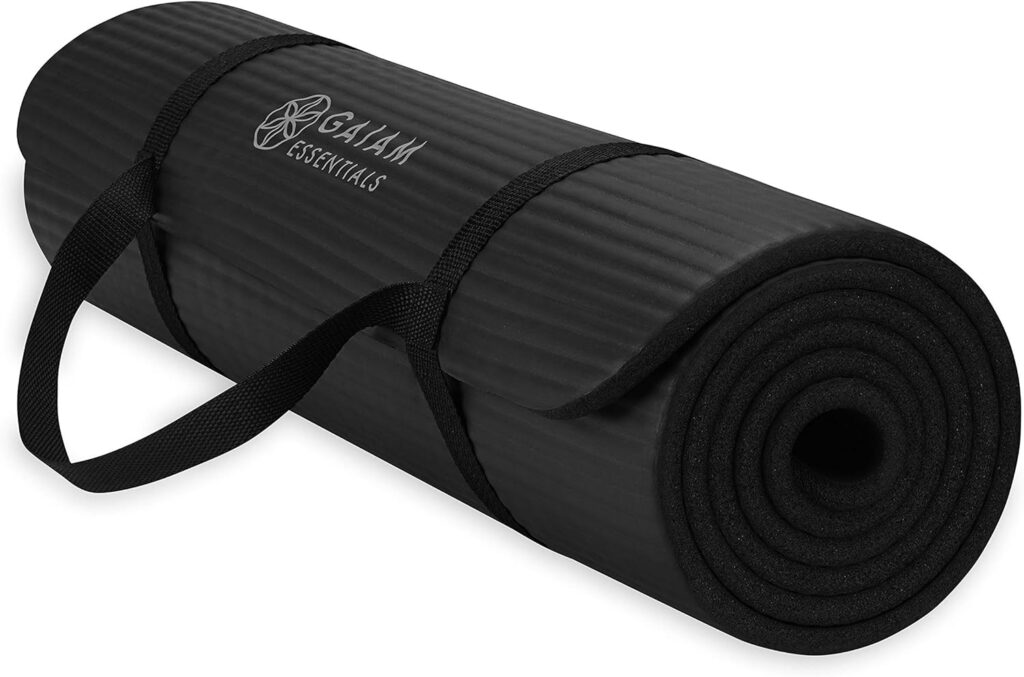When we experience trauma, whether physical, emotional, or psychological, it doesn’t just affect our mind—it often leaves a lasting imprint on our bodies as well. This is because trauma is not only a mental event but also a physiological one. Over time, the body can store the effects of trauma in muscles, fascia, and the nervous system, making it difficult to fully heal. The good news is that somatic exercises can help release these trapped emotions and physical tension, offering a powerful path toward healing and restoration.
In this article, we’ll explore the concept of somatic exercises, how they can support trauma healing, and some of the best exercises you can start doing today to help release the trauma stored in your body. Plus, we’ll highlight some Amazon products that can enhance your healing journey.
Understanding Trauma and Its Impact on the Body
Trauma is an experience that overwhelms our ability to cope and leaves a lasting effect on both the mind and body. It can arise from a variety of situations such as childhood neglect or abuse, car accidents, physical injuries, or witnessing a distressing event. Trauma can affect anyone, and it often results in symptoms like anxiety, depression, chronic pain, and fatigue.
The key to trauma recovery lies in addressing not only the mental and emotional aspects but also the physical ones. When trauma occurs, the body reacts by activating the sympathetic nervous system—the fight-or-flight response. This is a natural, protective response. However, when the trauma is not processed or released, the body can remain in this heightened state, contributing to ongoing stress and tension.
How Trauma Affects the Nervous System
The nervous system is deeply intertwined with trauma. When we experience a traumatic event, our autonomic nervous system responds by sending signals to the brain, triggering a cascade of reactions in the body. The fight-or-flight response floods the body with stress hormones like adrenaline and cortisol, which can lead to heightened alertness and tension. While this reaction can be lifesaving in the short term, when it becomes chronic, it can result in dysfunction and physical ailments.
The body’s way of holding onto trauma often results in muscle tightness, pain, and an overall sense of discomfort. This is why healing trauma requires not only mental work but also physical release. By addressing the physical manifestations of trauma, we allow the body to process and release the stress that has been stored.
Why Trauma is Stored in the Body
The concept of trauma being stored in the body is central to somatic healing. When the body experiences trauma, the nervous system often “shuts down” to protect us from the overwhelming emotions or pain. This leads to unconscious holding patterns, where specific muscles or areas of the body stay tense or “frozen.” Over time, these patterns become habitual, making it difficult to fully heal and feel relaxed.
The good news is that somatic exercises can help break these patterns. By becoming aware of the body’s sensations and using movement to unlock areas of tension, you can begin to release the trauma stored within.
What Are Somatic Exercises?
Somatic exercises are designed to promote awareness of the body and its sensations in order to facilitate healing. These exercises are rooted in the idea that the body holds memories of trauma, and that by paying attention to and moving the body consciously, we can release these memories and the associated tension. Somatic practices include slow, mindful movements, breathwork, body scans, and other exercises that focus on reconnecting the mind with the body.
Somatic exercises can help to regulate the nervous system, reduce anxiety, release stored tension, and promote emotional healing. By engaging in these practices, you can begin to repair the disconnect between mind and body that trauma often creates.
The Role of Somatic Exercises in Trauma Healing
Somatic exercises are a gentle yet effective way to heal trauma by focusing on the sensations in the body. These exercises can help you become more attuned to your body’s signals, allowing you to release tension, calm your nervous system, and process emotions. The benefits of somatic exercises for trauma healing include:
- Improved emotional regulation: Somatic exercises help regulate the nervous system, leading to a reduction in anxiety and stress.
- Reduced physical tension: By consciously moving the body and focusing on areas of tension, you can release muscle tightness and pain.
- Increased mindfulness: These exercises encourage a deep connection with the body, allowing you to process emotions and experiences in a mindful way.
- Restored balance and relaxation: Through consistent practice, somatic exercises can help restore a sense of calm and balance in the body and mind.
Top Somatic Exercises for Trauma Release
Now that we understand the importance of somatic exercises for trauma healing, let’s dive into some of the best exercises you can try. These exercises focus on grounding, breathwork, body scanning, gentle movement, and pendulum movements—all of which are designed to release tension and support nervous system healing.
1. Grounding Exercises
Grounding exercises are a powerful way to regulate the nervous system and bring yourself back to the present moment. These exercises help you reconnect with your body and the earth, providing a sense of stability and safety. When practiced regularly, grounding exercises can reduce anxiety and help you feel more centered.
How to do it:
- Stand with your feet firmly planted on the ground, hip-width apart.
- Close your eyes and take a few deep breaths, feeling the sensation of your feet connecting to the floor.
- Notice the weight of your body in space and the feeling of the ground supporting you.
- Focus on any physical sensations you feel in your body, such as warmth, pressure, or tingling.
Amazon Product:
- BalanceFrom GoYoga All-Purpose Yoga Mat
This yoga mat provides a stable surface for grounding exercises, allowing you to feel secure and connected to the earth.
Click here to check it out on Amazon
2. Breathwork for Trauma
Breathwork is an effective technique for calming the nervous system and promoting emotional healing. By engaging in deep, controlled breathing, you can activate the parasympathetic nervous system (the “rest and digest” response), which counteracts the fight-or-flight response.
How to do it:
- Sit or lie down in a comfortable position.
- Take a deep breath in through your nose for a count of four, allowing your belly to rise.
- Hold your breath for a count of four.
- Slowly exhale through your mouth for a count of four.
- Repeat this process for several minutes, focusing on the rhythm of your breath.
Amazon Product:
- The Healing Power of Breath: Simple Techniques to Reduce Stress and Anxiety, Improve Your Health, and Strengthen Your Relationships
This book provides a comprehensive guide to breathwork techniques that can support trauma recovery and overall well-being.
Check it out on Amazon here
3. Body Scanning and Awareness
A body scan is a powerful somatic practice that helps you become aware of the sensations in your body. This exercise can help you identify areas of tension and emotional blockages that may be holding onto trauma.
How to do it:
- Lie down in a comfortable position with your arms by your sides.
- Close your eyes and take a few deep breaths.
- Begin by focusing on your toes and work your way up through your body, noticing any sensations, tightness, or discomfort.
- As you notice tension, imagine it softening or melting away.
- Continue scanning your body until you reach the top of your head.
4. Gentle Movement and Stretching
Gentle yoga or tai chi is an excellent way to release trauma stored in the body. These mindful movements allow you to stretch and open up areas of tension, promoting healing and relaxation.
How to do it:
- Start with simple stretches such as a seated forward bend or a gentle twist.
- Move slowly and mindfully, focusing on the sensations in your body.
- Be sure to breathe deeply and take your time with each movement.
- Use props like yoga blocks or straps to support your practice.
Amazon Product:
- Gaiam Essentials Thick Yoga Mat
This mat provides extra comfort and support for your gentle yoga or stretching exercises, helping you move mindfully and with ease.
Find it here on Amazon
5. Pendulum Movement
Pendulum movements, or gentle rocking and swaying, can help activate the parasympathetic nervous system and release deep-seated tension. This type of movement mimics the natural rhythm of the body and can help you feel more grounded and balanced.
How to do it:
- Stand or sit comfortably, and begin to sway your body side to side or rock back and forth.
- Focus on the sensation of the movement and allow your body to follow its natural rhythm.
- Gradually increase the range of motion as you become more comfortable, letting go of any tension.
Amazon Product:
- Therapeutic Swing for Nervous System Activation
A therapeutic swing can provide a gentle rocking motion to calm your nervous system and promote healing.
Click here to view the product on Amazon
Incorporating Somatic Exercises into Your Daily Routine
To experience the full benefits of somatic exercises, it’s important to incorporate them into your daily routine. Here are some tips to help you get started:
- Start small: Begin with just a few minutes of grounding or breathwork each day, and gradually increase the time as you feel more comfortable.
- Consistency is key: Make somatic exercises a regular part of your routine. Consistency will help retrain your nervous system and allow you to release stored trauma more effectively.
- Combine with other healing practices: Somatic exercises can be even more powerful when combined with other healing modalities such as therapy, mindfulness, or energy work.
Conclusion: Healing Through Movement and Awareness
Trauma doesn’t just affect the mind—it has a profound impact on the body as well. Somatic exercises offer a powerful way to release the tension and emotional blockages stored in the body, helping you heal from the inside out. Whether you’re grounding, practicing breathwork, or engaging in gentle movement, these exercises can support your journey toward emotional and physical balance.
If you’re ready to take your healing to the next level, check out the recommended products to enhance your practice. These tools and resources can help support your somatic exercises and bring you closer to a sense of peace and well-being.
- BalanceFrom GoYoga All-Purpose Yoga Mat
- The Healing Power of Breath
- Gaiam Essentials Thick Yoga Mat
- Therapeutic Swing for Nervous System Activation
Start your healing journey today and experience the transformative power of somatic exercises!



